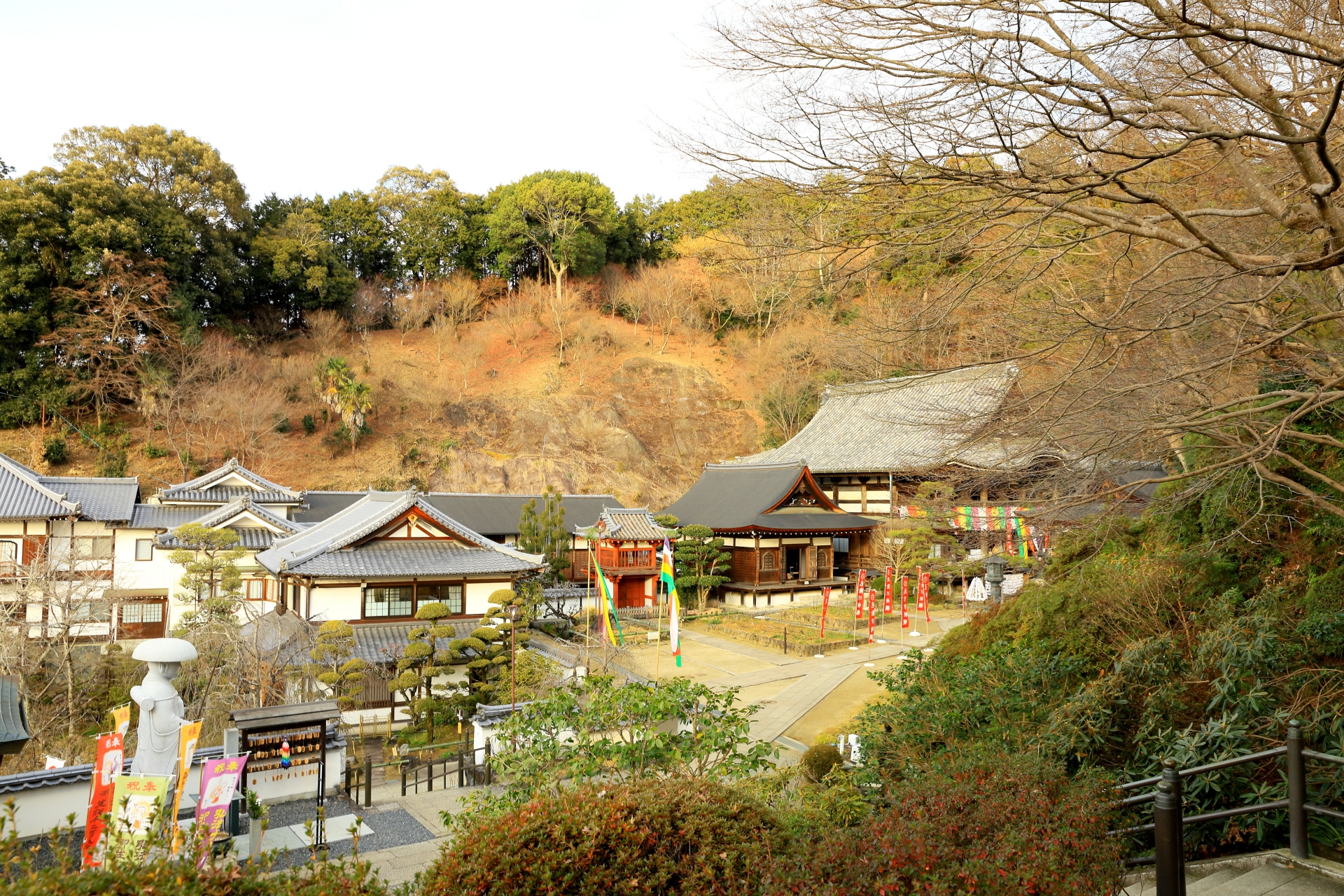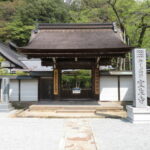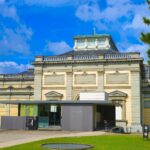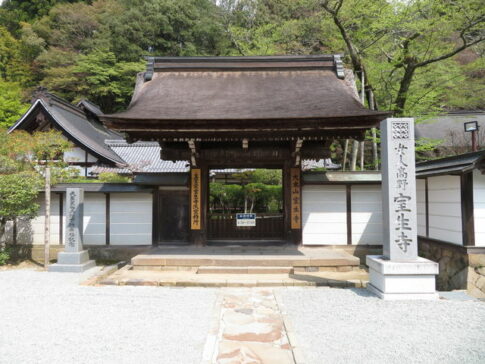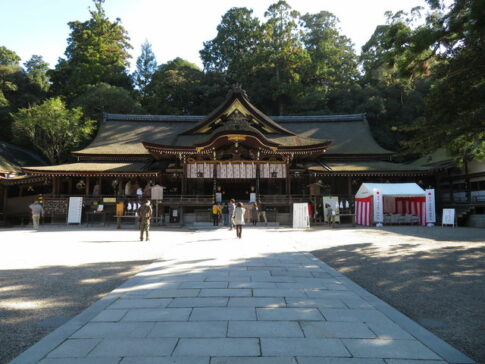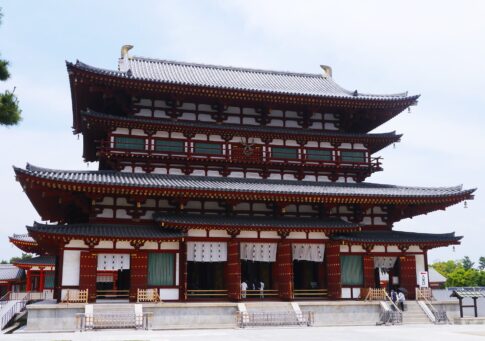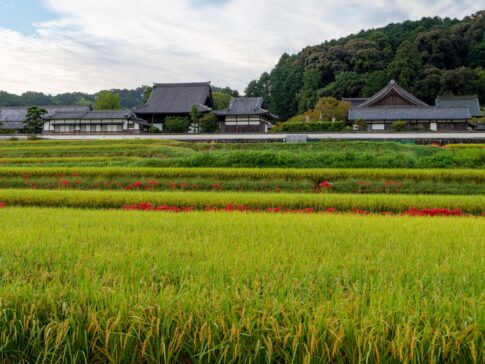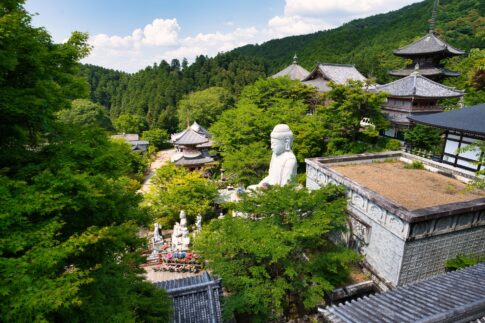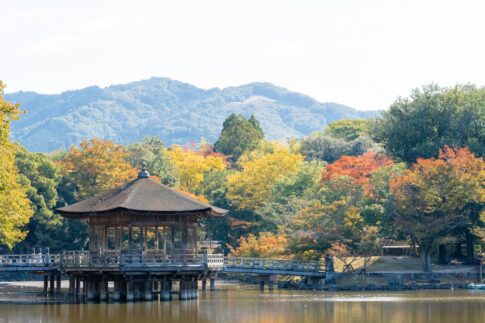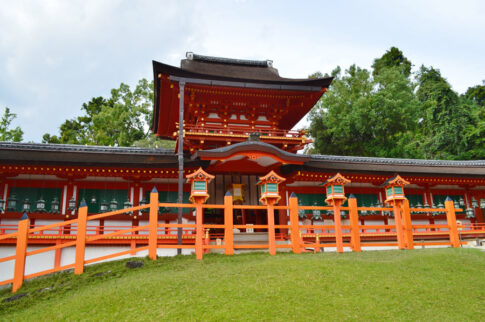Have you ever heard of Okadera Temple?
There are so many temples that are more famous than Okadera Temple in Nara, but Okadera Temple has also long history and worth visiting.
What you need to know before visiting Okadera Temple
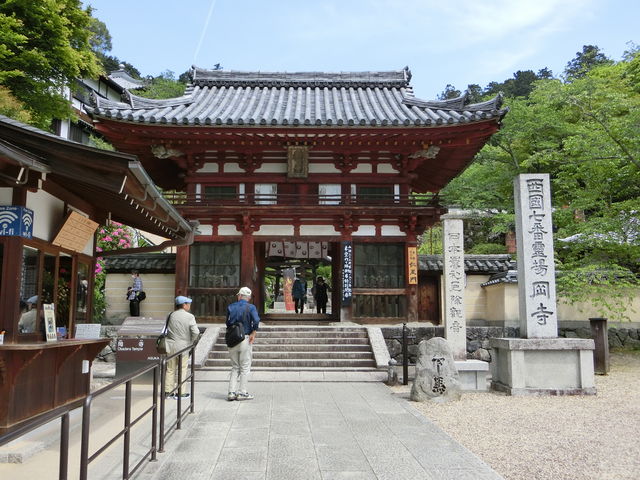
1. Basic Information, Oka-dera” and “Ryugai-ji
Okadera Temple is located in the middle of Okayama, east of Asuka Village, Nara Prefecture.
In the past, it was the center of Asuka-kyo, the capital of Japan, and Asuka Itabukinomiya Palace (where the Taika Reform took place), and today it is located to the east of Asuka Village Hall, the administrative center of Asuka Village.
It is located near the center of government and administration, both in the past and in the present.
The name “Okadera”, which is widely known today, is actually derived from the name of the place, and there was another name for the temple when it was founded.
The name of the temple was
The name of the mountain is Tokosan.
The name of the temple is Shinju-in.
The name of the temple is Ryugai-ji.
The name of the temple is “Tokosan Shinjuin Ryuubyoji Temple” with a mountain name, a temple name, and a temple name.
However, since ancient times, the temple has been affectionately called “Oka-dera,” meaning “temple in Asuka-no-oka,” because of the name of the area, and is now known as “Oka-dera,” rather than “Ryukabadera.
The temple has been worshipped as the seventh Kannon (Goddess of Mercy) of the 33 sacred places in the western part of Japan for 1,300 years since its establishment, and is also known as the first sacred place in Japan for yakuwari (protection against evil spirits).
It is also known as Japan’s first Yakuwari Sacred Site.
Although it is currently a member of the Hozan sect of Shingon Buddhism, from the time of its founding until the Edo period, it was a subsidiary temple of Kofukuji Temple of the Hosso sect, as its founder, Monk Gien, was the founder of the Hosso sect.
In the Muromachi period (1336-1573), Kofukuji Betsudo was also serving as Betsudo of Okadera Temple.
In the Edo period (1603-1868), the 32nd abbot of Haseji Temple, Hokubu, entered Okadera Temple and became the first generation of the Chukyoji sect of Buddhism.
The temple has long had a close relationship with Kofukuji Temple and Haseji Temple, which are both located in the same area in the western part of Japan.
2. Origin and Legend of the Beginning
Okadera Temple was officially named “Ryugaiji Temple” in ancient times.
The name “Ryugaiji Temple” is said to have come from the fact that the monk Yoshibuchi, with his legal power, sealed an evil dragon that was destroying the land of Asuka and tormenting farmers in the area into a pond, covered it with a large stone, and reformed it.
The name of the temple was derived from the fact that the evil dragon was covered by a large stone and reformed.
It is said that the evil dragon later mended his ways and became a good dragon, which still rests in the pond.
It is said that in the old days, a ceremony to pray for rain was held in front of the pond.
It is also said that the legend that the evil dragon removed bad luck and protected Asuka is one of the reasons why Okadera Temple’s “Yakuwari-warrior faith” has continued uninterruptedly to the present day.
It is said that in the old days, a ceremony to pray for rain was held in front of the pond.
It is also said that the legend that the evil dragon removed bad luck and protected Asuka is one of the reasons why Okadera Temple’s “Yakuwari-warrior faith” has continued uninterruptedly to the present day.
3. Highlights of Okadera Temple’s Collection
- Main Hall(Nara Prefecture Designated Cultural Property)
The main hall of Oka-dera Temple. Designated as a cultural property by Nara Prefecture. The present main hall was completed in 1805 (Bunka 2), and it took more than 30 years to complete the entire building.
Major ceremonies, such as the Hatsuuma no Kaiun Yakuyo Gomaku (Opening Ceremony on the First Horse Day) and the Dai Hannya Buddhist memorial service, are held in this main hall.
From January to March, “Yakuyaku-yoke Buddhist memorial services” are held in the main hall as needed, so the public is not allowed to visit the inner sanctuary. Only those who have applied for the Yakuwoyo prayer are allowed to enter the inner sanctuary to receive the “Yakuwoyo Buddhist memorial service.
The general inner sanctuary is open from April to December.
- Niomon Gate(Important Cultural Property)
Nio-mon Gate is a nationally designated Important Cultural Property.
Built in 1612. In Asuka Village, which is said to be a treasure house of buried cultural properties, Niomon Gate and Shoin are the only buildings in Okadera Temple that have been designated as Important Cultural Properties.
Nio statues are enshrined on both sides of the front gate. Since the Niomon gate as a whole was distorted and various parts were damaged significantly, it was dismantled and repaired on a large scale from 1967 to 1968.
During the survey conducted at that time, it was found that almost all of the components of the Niomon Gate had been converted from old materials or had been remodeled.
These old materials are believed to be from the “three-story pagoda,” which was destroyed by a great wind on July 21, 1472, and reconstruction work began the following year, but was never completed.
It is very unusual in that it has a lion, a dragon, and a tiger on each of the four corners.
- Old Shoin(Important Cultural Property)
A nationally designated Important Cultural Property.
Usually closed to the public.
Like Niomon Gate, it is the only building in Asuka Village designated as an Important Cultural Property.
This shoin was designated as an important cultural property in 1986, as it is one of the few shoin buildings in Nara Prefecture.
The following year, the building was dismantled and repaired due to severe damage, and the work was completed in 1989.
Although the survey at that time did not find any materials that determined the date of the shoin building, a scribble in ink dated 1644 was found on the inner surface of the stile and rail on the south side street.
Therefore, the shoin was built in this year or earlier.
- Tower Gate(Nara Prefectural Designated Cultural Property)
Designated as a cultural property by Nara Prefecture. The gate stands in front of the shoin (Important Cultural Property).
Old photos and other documents show that a Bishamonten (Bishamonten with a robe) made in the Heian period and currently on display in the main hall was enshrined in the second floor of the gate.
Since the Kabuto-obo Bishamonten of To-ji Temple in Kyoto was once enshrined on the tower of the Rajomon Gate, it is not surprising that the Kabuto-obo Bishamonten is also enshrined on the tower gate here at Okaji Temple.
The fact that many of the materials used for the tower gate are the same as those used for the Niomon gate suggests that it was built around the Keicho period (1596-1615), just as the Niomon gate was.
It is said to be a very rare small bell tower gate with a unique form.
Summary
Okadera Temple has a lot of historical and valuable collection.
When you go to Asuka in Nara, please visit here too!
